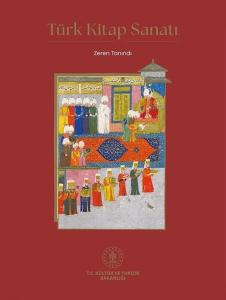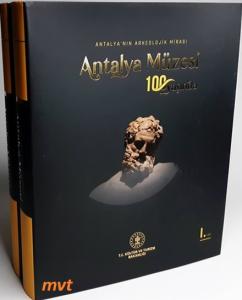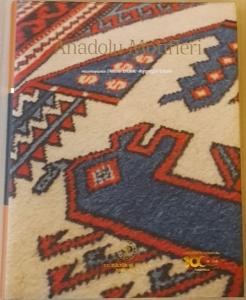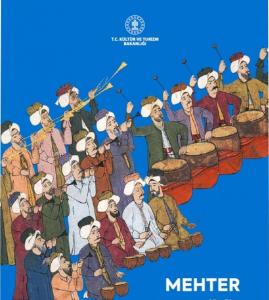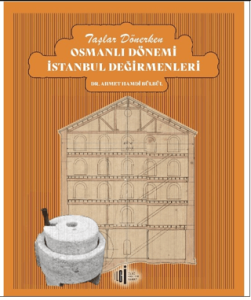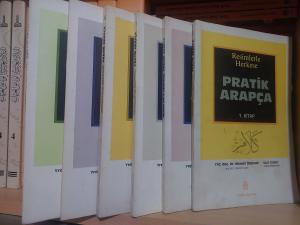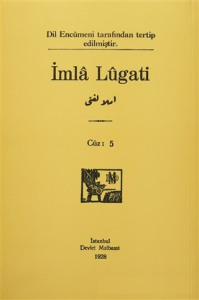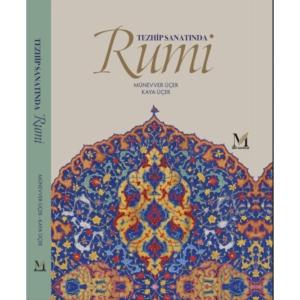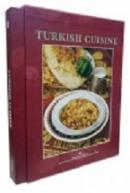
A Journey into the History Flavours of Turkish Cuisine
Ancient Turkish culinary culture shaped by th eharsh geographical conditions and limitations of Central Asia Gained diversity as the Turkish people migrated to new lands. In Anatolia this diversity was enrichened, and Turkish cuisine reached its peak in the Ottoman period. Cultural interchange as the empire expanded and the arrival of ingredients discovered in the New World, such as tomatoes, peppers and potatoes played an important role in culinary development. The 19th and 20th centuries were a time when the traditional structure of Turkish cuisine changed radically once more under westren influence.
All these changes and many aspects of Turkish cuisine, such as the symbolic importance of food, the cuisine of charitable hospices, festive banquets, helva, honey, olive oil and tea, are discussed here in a series of articles by authorities in their fields. Now forgotten Ottoman dishes, sweets and drinks, such as Mazruf Kebap, Çeşidiyye, Susuz Köfte, Siyah Dane, Paça Yahnisi, Fındık Yaprağı Sarması, Mülebbes Dolma, Süzme Saray Aşuresi, Kapak Böreği, Rahatü'l-Hulkum and Gül Şerbeti have been adapted for our time by expert chefs, and illustrated with photographs.
This book invites the reader on a fascinating, richly diverse and delicious journey.
A Journey into the History Flavours of Turkish Cuisine
Ancient Turkish culinary culture shaped by th eharsh geographical conditions and limitations of Central Asia Gained diversity as the Turkish people migrated to new lands. In Anatolia this diversity was enrichened, and Turkish cuisine reached its peak in the Ottoman period. Cultural interchange as the empire expanded and the arrival of ingredients discovered in the New World, such as tomatoes, peppers and potatoes played an important role in culinary development. The 19th and 20th centuries were a time when the traditional structure of Turkish cuisine changed radically once more under westren influence.
All these changes and many aspects of Turkish cuisine, such as the symbolic importance of food, the cuisine of charitable hospices, festive banquets, helva, honey, olive oil and tea, are discussed here in a series of articles by authorities in their fields. Now forgotten Ottoman dishes, sweets and drinks, such as Mazruf Kebap, Çeşidiyye, Susuz Köfte, Siyah Dane, Paça Yahnisi, Fındık Yaprağı Sarması, Mülebbes Dolma, Süzme Saray Aşuresi, Kapak Böreği, Rahatü'l-Hulkum and Gül Şerbeti have been adapted for our time by expert chefs, and illustrated with photographs.
This book invites the reader on a fascinating, richly diverse and delicious journey.



